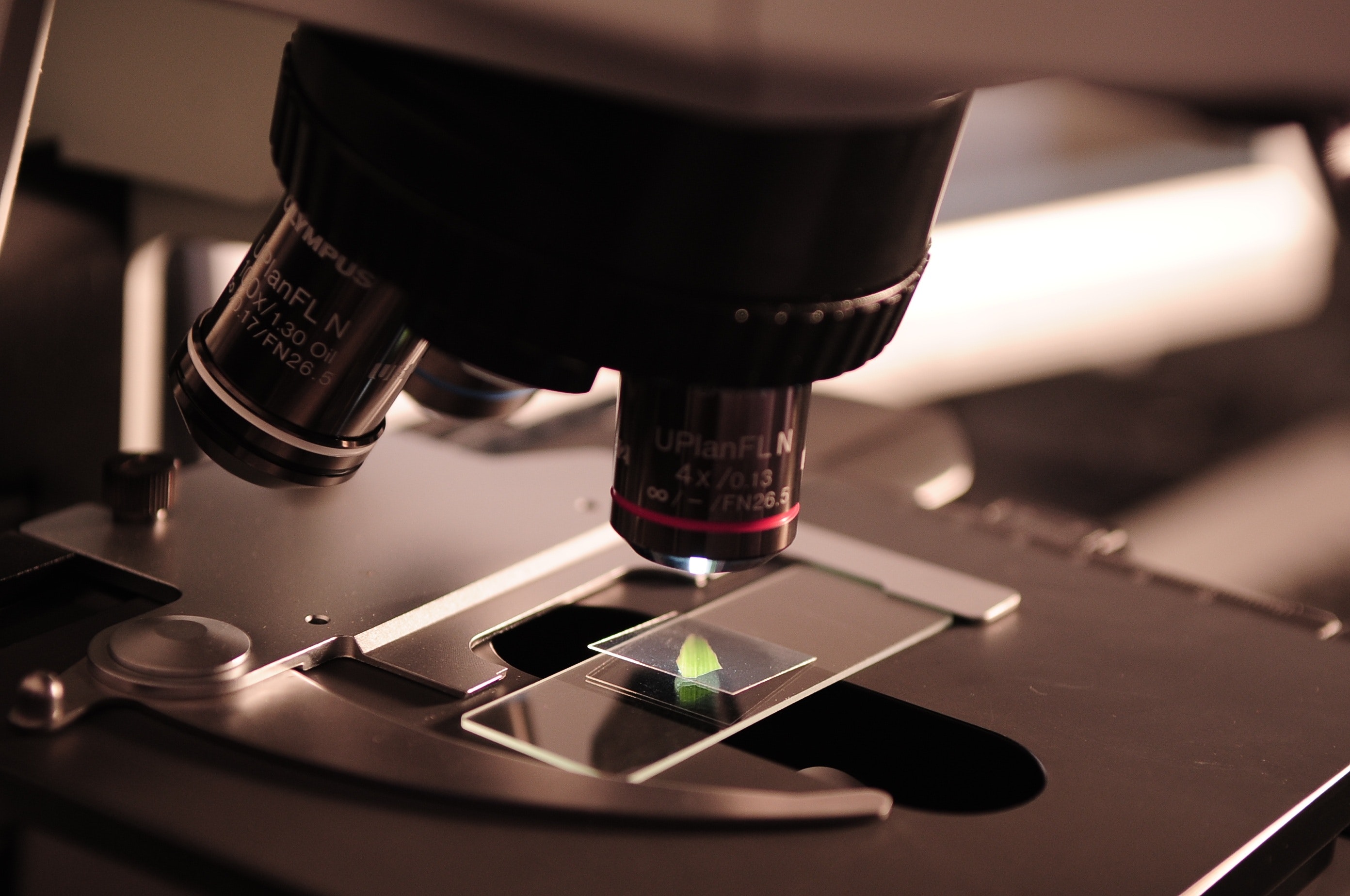DQ/IQ/OQ/PQ, also known as Design Qualification (DQ), Installation Qualification (IQ), Operational Qualification (OQ), and Performance Qualification (PQ), are essential components of the validation process in various industries. Here's a brief overview of how to apply them in a new framework:
Design Qualification (DQ): DQ focuses on establishing the suitability of the equipment or system design for its intended purpose. It involves reviewing design specifications, functional requirements, and regulatory compliance. Ensure that the design meets all necessary standards and is aligned with user requirements.
Installation Qualification (IQ): IQ involves verifying that the equipment or system is properly installed according to manufacturer guidelines and industry best practices. This includes checking equipment location, connections, utilities, and ensuring proper calibration and alignment. Document the installation process and verify that it meets all predefined criteria.
Operational Qualification (OQ): OQ confirms that the equipment or system functions as intended within specified operational parameters. This step involves conducting performance and functionality tests, running simulated operations, and verifying critical operational parameters. Collect data, perform necessary adjustments, and document the results.
Performance Qualification (PQ): PQ evaluates the equipment or system's performance under real operational conditions. It involves conducting tests, experiments, or simulations to demonstrate that the equipment consistently produces desired results within predetermined specifications. Collect data, analyze performance, and document the outcomes.
When applying DQ/IQ/OQ/PQ in a new framework, establish a comprehensive validation plan that outlines the specific requirements, tests, acceptance criteria, and documentation procedures. Coordinate with relevant stakeholders, including manufacturers, quality assurance teams, and regulatory bodies, to ensure compliance with industry standards and regulations. Maintain detailed records of the validation activities, including protocols, results, and any deviations or corrective actions taken.
Remember to conduct periodic reviews and revalidation as necessary to ensure ongoing compliance and performance of the equipment or system.






